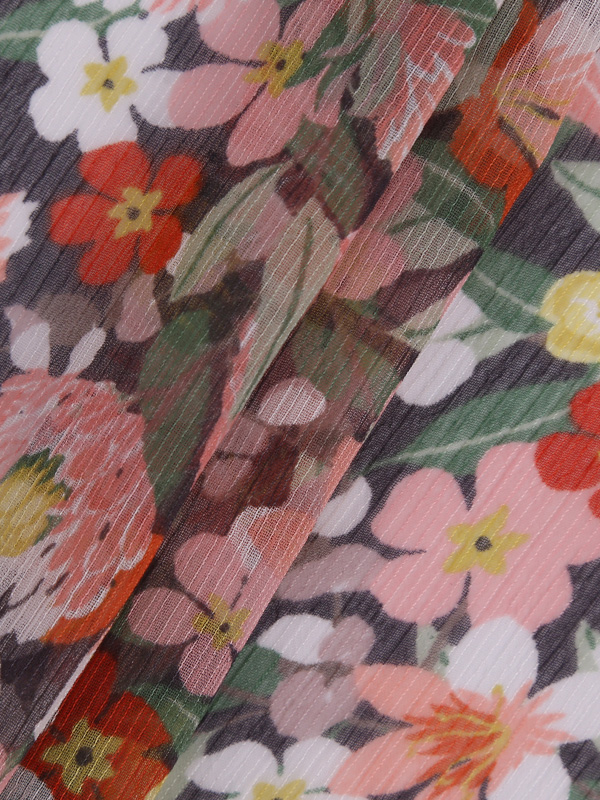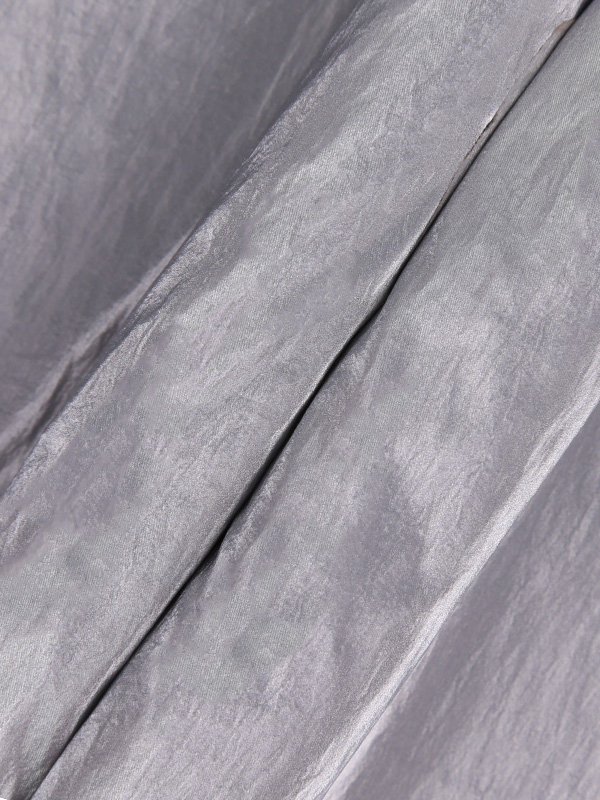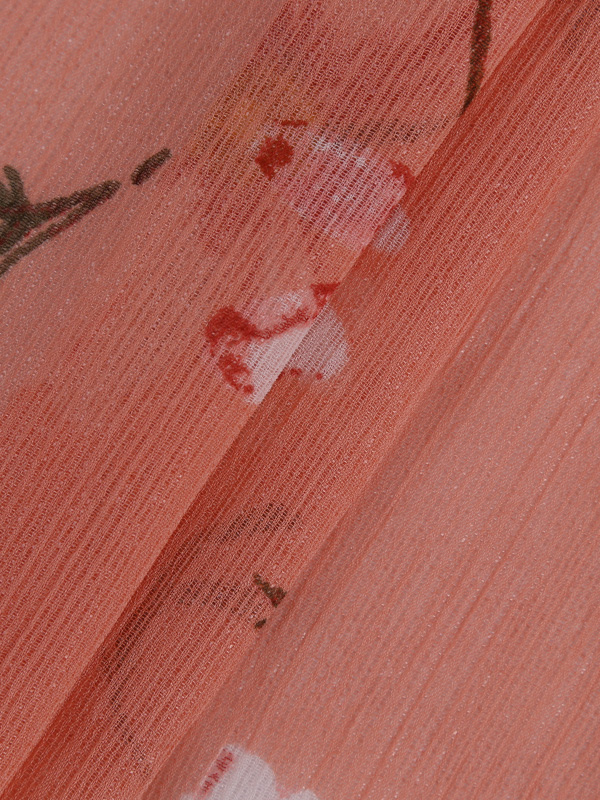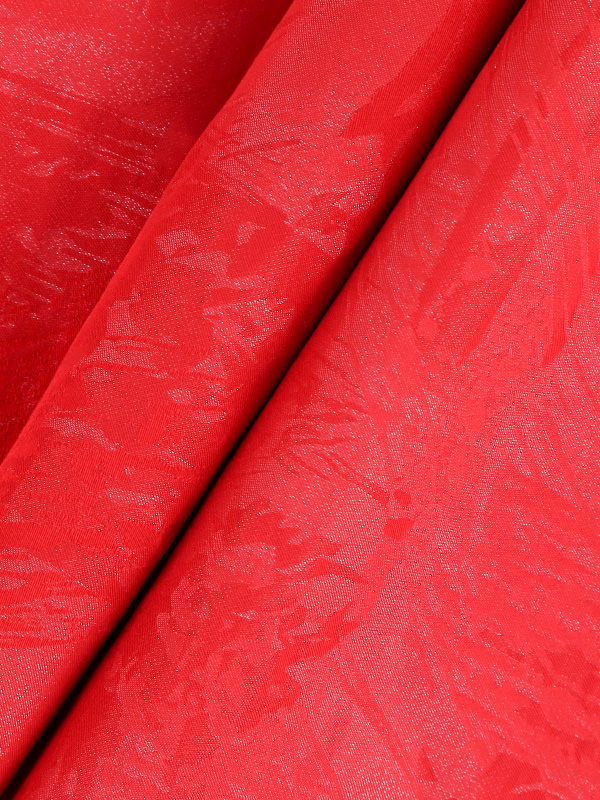Talking about 8 common quality problems in polyester dyeing
Some problems that often occur in the polyester dyeing process:
Dirty, broken, hooked yarn, color stain, color stain, color difference, edge difference, head and tail difference.
1. Hook yarn
It refers to the flaws formed on the surface of the fabric when the yarn of the fabric is hooked up by sharp things. Once such anomalies occur, they are basically irreparable. The willingness to appear is mainly to let the fabric pass through without sharp burrs, such as cloth carts, machines, operator's hands, etc., must pay attention to frequent inspections. Some operators have more calluses on their hands, and it is easy to cause hooking on some light and thin fabrics.
2. Dirty
This one needs no explanation either. The main reason is that the operator accidentally dropped the cloth on the ground or the cloth car was not washed cleanly, etc. In addition, some oil stains on the cloth table fell on the cloth and formed. The main thing is to pay attention to the cleanliness of the workshop, cloth car, and machine, especially when producing some light, white and bright colors.

3. Color stain
Refers to the contamination of a plain fabric with another color or colors. This is mainly due to cloth car contamination or otherwise staining. Just pay attention to the cleaning work of the cloth cart before use and the cover of the cloth cart after the cloth is released.
4. Color point
Refers to the spot-like defects on the surface of plain fabrics, and the color is darker. This kind of abnormality is more difficult to repair, and generally can only be used for color change. The main reasons are that when dyeing the chemical material, it is not thoroughly dissolved, the dissolution is insufficient, or the dyeing tank is stained, the temperature is too fast, and uneven dyeing may occur. The solution is also to start from these aspects, when the material is mixed, it is fully stirred. When feeding, use a filter with a mesh of more than 300 mesh to filter, and select a reasonable heating curve. Choose a suitable dye leveling agent.
5. Color stains
Color smears are more than color spot defects, and the performance is similar. The main difference between normal color and oil stains is that oil stains, when the fabric is dry, give the impression that there is water on the cloth, but it is actually dry. Oil stains are mainly formed due to the adsorption of dyes by oil on the surface of the fabric. When weaving, some chemical fibers will add a little oil. Under normal circumstances, these oils can automatically decompose after encountering water and will not affect the dyeing. But some weavers use inferior fabric oils to keep costs down, resulting in imperfections in dyeing. In addition, the excessive deposition of some impurities in the dye vat leads to abnormal production. The main sources of these impurities are the oil on the surface of the fabric, the oil in the dyeing auxiliaries, and so on. Continued deposition in the dye vat, which led to the occurrence of anomalies. This situation is mainly to strengthen the regular cleaning and bleaching of the dye vat.
6. Color flower
Color flower is one of the common anomalies in dyed plain fabrics, which is mainly manifested in different colors of the cloth and the feeling of printing. The main reasons include unreasonable combination of dyeing formulas, improper selection of dyeing heating curve, and too fast feeding. The solution is to choose a reasonable combination of formulas. Generally, dye suppliers will provide a reasonable combination. Select a reasonable heating curve, and select a reasonable heating curve according to the formula combination of dyes, the color of the fabric, and the amount of the cylinder. The same is true when adding ingredients. The speed of post-feeding should be selected, not too fast.
7. Yin and Yang difference
It means that the color of the front and back of the fabric is different, and sometimes this phenomenon is caused by the different yarn counts used on the front and back. The other is that the leveling of the dye is not good enough, and it is produced. The latter is less common, the former more.
8. Side difference
It means that the color of the fabric edge and the middle is the same. The main reason is that when dyeing, due to the effect of tension, the edge of the fabric is rolled up and the dyeing is not enough. If the fabric is very hemmed after weaving, you can choose a predetermined process. If it is not serious, you can cook it first and then dye it, but after cooking, be sure to pull out the cloth surface to check whether it is boiled. This problem is also related to dyeing equipment.


 English
English Chinese
Chinese



